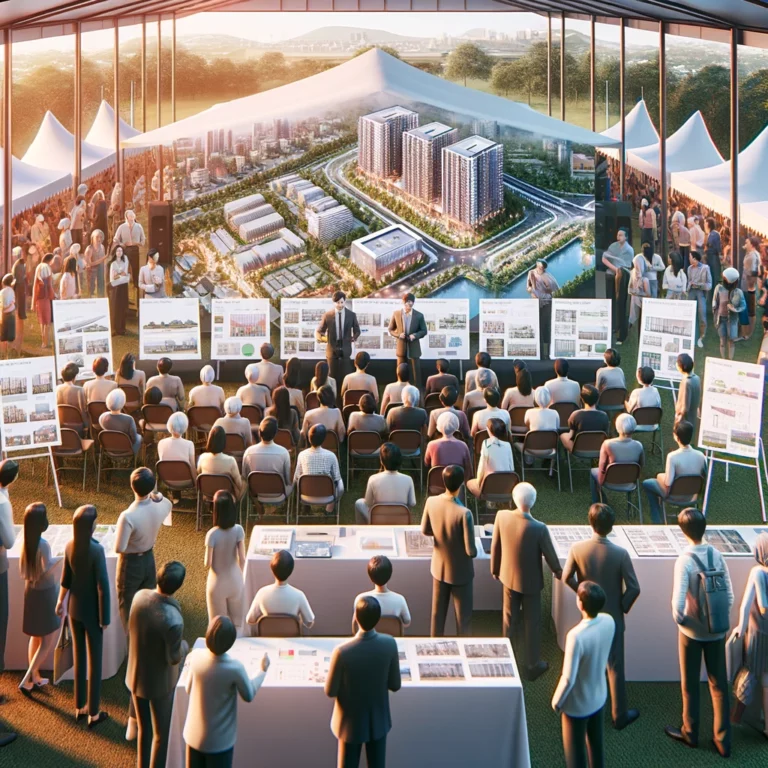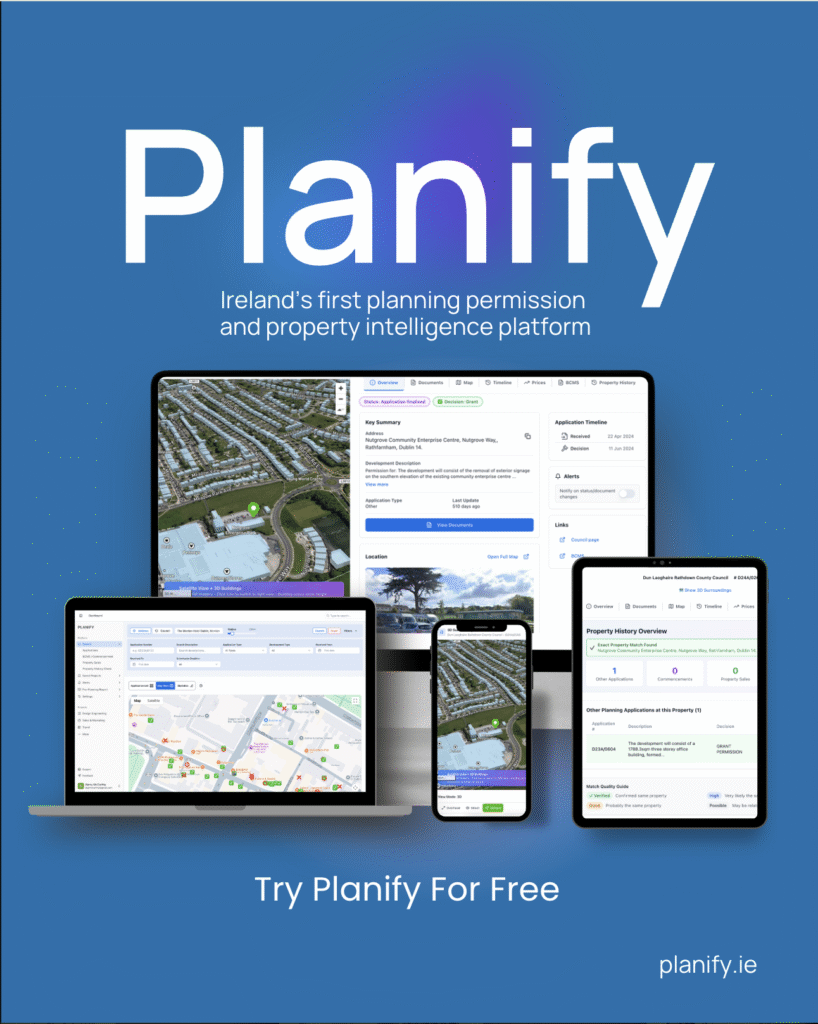Community Engagement & Public Consultation for Large Scale Residential Development

Introduction
Community engagement and public consultation are pivotal components in the planning and development process of large-scale residential developments (LRDs). These processes not only fulfil legal and regulatory requirements but also play a crucial role in ensuring the success and social acceptance of a project. Effective engagement can lead to better project outcomes, mitigate potential conflicts, and enhance the project’s contribution to the community. This guide outlines the strategies and best practices for conducting community engagement and public consultation specifically for LRDs.
Understanding the Importance of Community Engagement and Public Consultation
Community engagement and public consultation are about involving the local community and stakeholders in the decision-making process of a development project. For LRDs, which can significantly impact local communities through changes in land use, increased traffic, and alterations to the local landscape and environment, engaging with the community is essential. It ensures that the voices of those who are most affected are heard and considered, fostering a sense of ownership and acceptance.
Planning the Engagement Process
- Early Involvement: Begin the engagement process as early as possible, ideally during the project’s conceptual phase. Early involvement helps in identifying and addressing community concerns before they escalate into opposition.
- Identify Stakeholders: Map out all potential stakeholders, including local residents, businesses, community groups, environmental organizations, and local authorities. Understanding the interests and concerns of different groups is key to effective engagement.
- Set Clear Objectives: Define what you aim to achieve through the engagement process. Objectives can range from informing the community about the project, gathering feedback, addressing concerns, or seeking community support.
- Choose Appropriate Engagement Methods: Depending on the project phase and objectives, select suitable engagement methods. These can include public meetings, workshops, focus groups, surveys, open houses, and digital platforms for broader reach.
Implementing Engagement Activities
- Provide Comprehensive Information: Ensure that the community has access to clear, comprehensive, and understandable information about the project. This includes details about the development plan, potential impacts, benefits, and mitigation measures.
- Facilitate Open Dialogue: Create an environment where community members feel comfortable expressing their views and concerns. Listen actively and acknowledge the feedback received, demonstrating that it is valued and considered.
- Be Transparent and Build Trust: Maintain transparency throughout the process by openly discussing potential impacts and how they will be addressed. Building trust with the community is essential for gaining support and cooperation.
- Leverage Local Media and Social Networks: Use local media outlets and social networks to reach a wider audience and keep the community informed about the project’s progress and how to participate in the engagement process.
- Document and Respond to Feedback: Keep a record of all feedback received during the engagement activities. Provide responses to the community’s questions and concerns, explaining how the feedback will influence the project.
Evaluating and Adapting the Engagement Process
- Monitor and Evaluate: Regularly assess the effectiveness of the engagement activities. Are the objectives being met? Is the community actively participating? Use this evaluation to make necessary adjustments to the engagement strategy.
- Report Back to the Community: Share the outcomes of the engagement process with the community, including how their input has influenced the project. Reporting back demonstrates respect for the community’s contribution and can further build trust.
- Ongoing Engagement: Community engagement should not end once the planning permission is granted. Continue to involve the community throughout the project lifecycle, keeping them informed of developments and addressing any emerging issues.
Conclusion
For LRDs, successful community engagement and public consultation are not just about fulfilling a regulatory requirement; they are about building a positive relationship with the local community, ensuring that the development meets both the project’s goals and the community’s needs. By implementing a thoughtful and inclusive engagement process, developers can enhance the social acceptance of their projects, mitigate potential conflicts, and contribute positively to the community’s development.
FEEDBACK!
We hope you found what you were searching for on this page or found the information valuable.
If not, or if you feel we are missing important information please get in touch!





